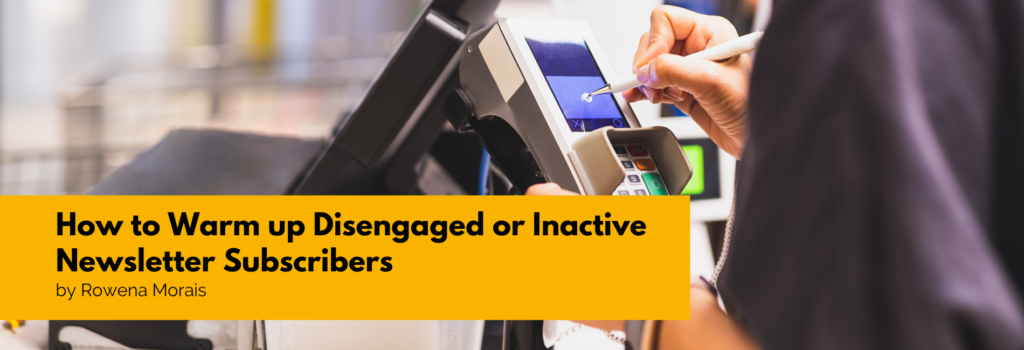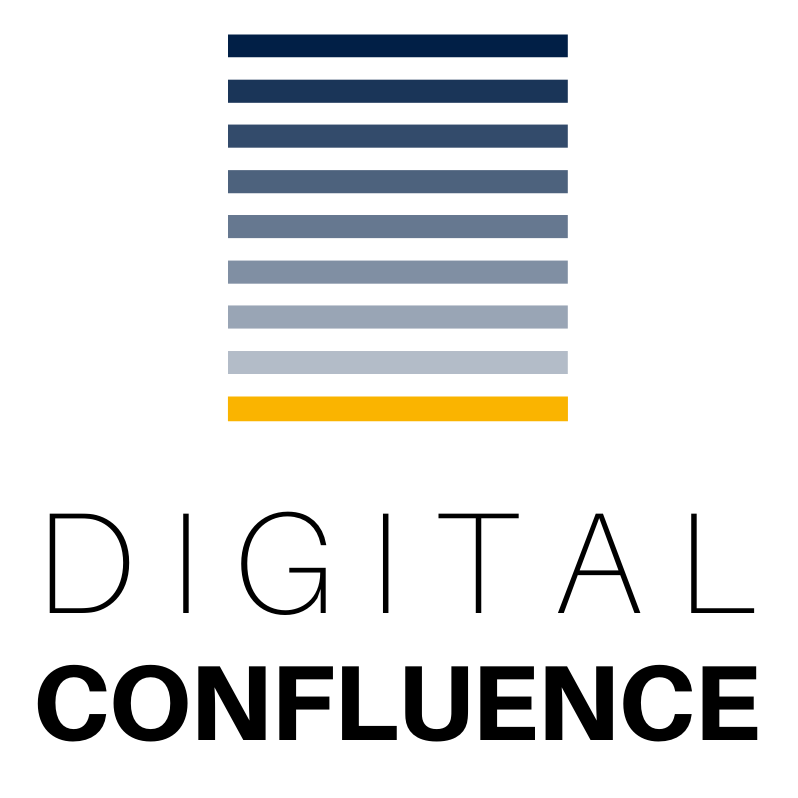
Are You Ready to Reignite Your Subscribers?
Written by Rowena Morais
What should you do if your newsletter has become sporadic or un-engaging? Should you scrap it and start over, or can you re-engage your newsletter subscribers?
As a small business owner, you’re likely managing several activities at any point in time. However, your newsletter offers direct access to your target audience and presents a valuable opportunity to re-engage and build stronger connections. Here’s what you need to know how to reignite subscriber interest and bring back disengaged or inactive readers.
Start with a plan and review
Before you start activating a bunch of tactics, carry out a review.
Take stock of your business, clarify and reconfirm your direction and key outcomes, and be clear about the most important parts of your strategy.
Additionally, aim to have as much of your activities be driven by the data you gather and already have. When you start a new business, you have much less data and need a starting point. However, with an established business, regardless of how long you have been in existence, you will already be able to collect data about interest levels, geographic spread, and customer or lead profiling. Let the data inform your next steps.
The data you collect should ideally help you identify:
- what has worked so far and what has not
- aspects of content marketing that resonate with your target audience
- where your target audience comes from and key characteristics
- the issues your target audience is concerned with
“One of the most important things to realise is that disengaged contacts may still be interested as they have not unsubscribed.“
Your data may come from your website and email analytics, as well as any advertising campaigns you’ve conducted to date.
One of the most important things to realise is that disengaged contacts may still be interested as they have not unsubscribed.
To warm up disengaged subscribers, you will need to send out another email (or two). However, there are several things you should do in tandem with the email outreach.
Identify various customer touch points
Each customer touchpoint is valuable and provides an opportunity to solicit feedback from customers and prospects. This is a golden opportunity to ensure that you are working to meet customer expectations and demand. However, new opportunities may surface too.
Engage in social listening
Social listening refers to monitoring and analysing social media content to discover what customers and others are saying about you and your brand on your channels and elsewhere. It can help you improve your customer service strategy and ongoing product development efforts.
Provide freebies
Offering freebies can be a great way to reconnect and re-engage with prospects and customers. Create several different free offerings that are ready to go, some of which may have short deadlines. Then, monitor how these offers are doing and how others are responding to them so that you can tweak ongoing efforts.
Review your current content
Take a look at your website (you absolutely need one!) and social media posts. Ensure that you have relevant content that delivers value to your reader. This can take several forms: tips and tricks, how-tos, product guides, product comparisons, and customer reviews.
If you are going to invite readers to come over and check your business out, you must ensure that there is viable, interesting and useful content and products for them when they arrive.
Providing at least one or two case studies on your website may be useful, particularly for top-selling products. Customer expectations have changed and increased with the rise of the internet and quicker access to a range of information.
Customers want to be in the driver’s seat of any decision-making process and prefer to do their own research. As businesses, we need to ensure we meet customers where they are. We do that by providing relevant information to meet that demand in a timely manner.
Employ storytelling
Storytelling should be a key element in your marketing efforts. It can help your brand to stand out in a crowded marketplace. By developing compelling stories that reflect your brand, business, and values, you can create something truly unique and distinctive that resonates with your target audience.
Review past surveys
Surveys can provide feedback that informs your future activities. However, it is important to evaluate when the survey was conducted and the size of the survey pool before taking action based on those results.
If you have not done surveys in a while, consider carrying out one with an attractive prize for survey respondents. Developing and running a survey can take significant time and resources. However, people do need to be incentivised to take a survey as they value their time and need to see how completing a survey will benefit them. It is important to keep the survey short.
Consider offering short complimentary 1:1 consultations
Short sessions of up to 15 minutes may provide enough of a starting point for a new or returning customer or prospect. In any case, further consultations can always be scheduled thereafter. The point is to get a foot in the door, and by this, you’re looking at starting a conversation and seeing where it may take you. A conversation may provide valuable information that can help you identify next steps. Even knowing that someone is no longer interested is useful because it means you can redirect your efforts to those who are interested.
What needs to change?
As you go through these activities and processes, you may find that it is necessary to update or change certain things to improve or freshen up the look.
- Does your newsletter style need a refresh?
- Is there sufficient content to entice and draw the reader in?
- Are you driving curiosity at the subject line?
- Were you sending out too many newsletters or do you need to increase the frequency?
Re-engage
Instead of putting significant pressure on just one email to do the job, consider carrying out a specific re-engagement series of emails that is tailored purely for those who are disengaged.
Personalise your approach
The more you can personalise things, the better it will be. Your audience wants to feel special and know that you are talking directly to them and not the general public.
Clarify your brand and team
If you succeed in generating interest and curiosity, your newsletter has worked.
Your audience may be keen to look up a product or service again or to understand more about your business. Ensure that there is information about your company and its leadership team on your website. Team profiles should be clear and connected to the business and there should be links to individual social media profiles as well.
And finally, the email itself
Address the person. Keep your newsletter succinct.
Include questions: ask them what they may need at this point in their lives. Invite them to reply to you and let them know that all emails are read and responded to. Then, ensure that each response received is answered promptly. Timing is critical.
In warming up disengaged or inactive newsletter subscribers, we have to start with our why. Why are we reaching out and what are we hoping to achieve? Let those answers inform your approach. Equally, we must also ask why our readers should care, for this too can impact what we do.
These suggestions are not intended to be exhaustive. An approach that involves monitoring, seeking feedback, and tweaking will ensure that you’re always checking in and reviewing information based on what is developing in real time. An agile approach is what is needed.
In an age where social media appears to be king, the real asset, I believe, is the direct one-to-one communication that you can build and sustain with your customer or target audience directly. Maintaining your newsletter is an asset worth building and keeping.
Are you ready to reignite your newsletter subscribers? Contact me today to discover how we can help boost your engagement and turn your newsletter into a must-read!
#newsletter #customer #ContentMarketing #communication #CustomerService
